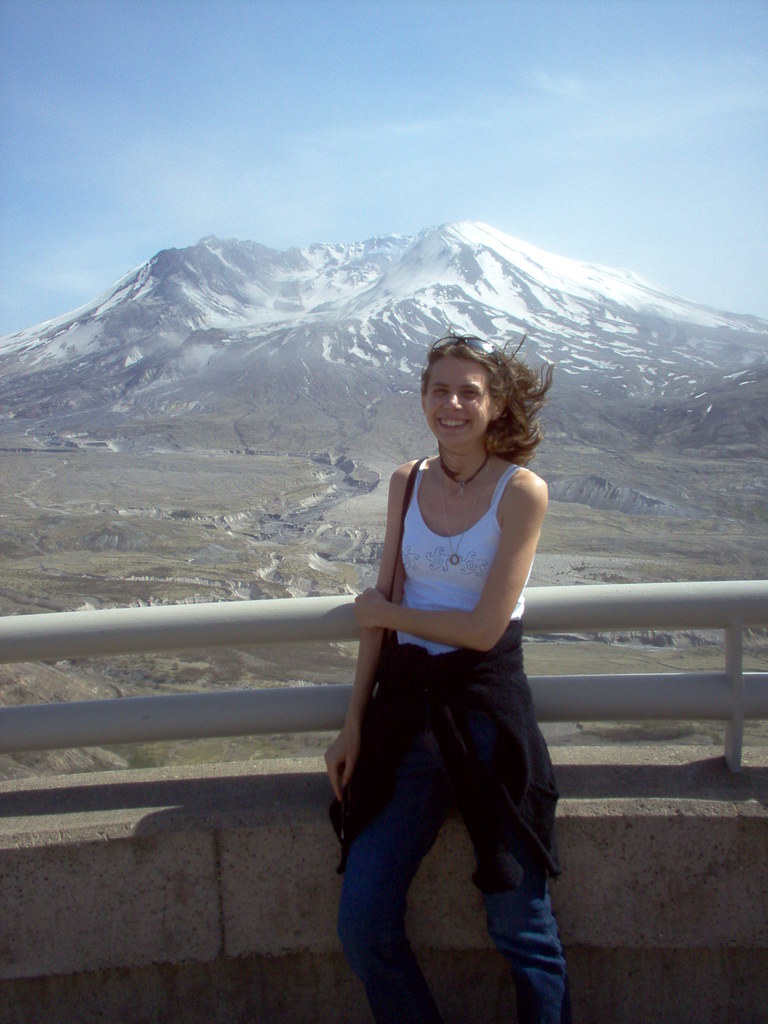Just before midnight on April 14th, 1912, the Titanic hit an iceberg. Yes, this really happened. No, it wasn’t just James Cameron making shit up. I thought I should state that for the record, because it seems some folks these days aren’t aware of that fact. I know you already know this, my darlings, but in case you encounter someone who doesn’t realize the Titanic actually existed, and in fact still does, only at the bottom of the sea, you can point them this way for some loving correction and some science. Also, a book recommendation: A Night to Remember is a great book on the disaster. I read it when I was still in single digits and never forgot it. The author did a magnificent job bringing the whole sad story to life.
So that’s one purpose of this post: to ensure that, on the anniversary of its sinking (it broke up and went under just after two on the morning of the 15th), in case there are any lingering doubts, the fact is stated: Yes, Virginia, there was a Titanic. 1,517 people died aboard it. And it’s important to remember what happened and why, because those folks didn’t have to die. We learn from disasters like this, even ones that are a century old.
But it’s not just about hubris and the necessity of safety regulations that mandate things like enough lifeboats for all souls onboard, although those things are critically important. The 100th anniversary of the sinking of the Titanic is also a prime excuse opportunity to explore some truly fascinating science, which is the second reason for this post.
You already know about my post, “The Real Heart of the Ocean,” which explores the geology of the necklace that inspired that monstrosity lovely piece worn by Kate Winslet in the movie. Of course you do. And you’ve read it, right? Right?
But you may not have read David Bressan’s post on the iceberg that took down an ocean liner. That’s right, my darlings: two posts on geology related to the Titanic! And you knew we weren’t going to neglect the iceberg. Of course not.

And there’s more science where that comes from: a whole page on Scientific American dedicated to the science of the Titanic, complete with contemporary articles from the archives.
It doesn’t feel right saying “Happy anniversary!” But taking this moment to remember those who lost their lives and those who survived does. And the science of the Titanic is fascinating. There’s a lot more to the story than the movie could portray. If just one person who saw the 3D release lands here looking for more information and leaves with a whole new appreciation for science (and safety regulations), I’ll be well pleased.






